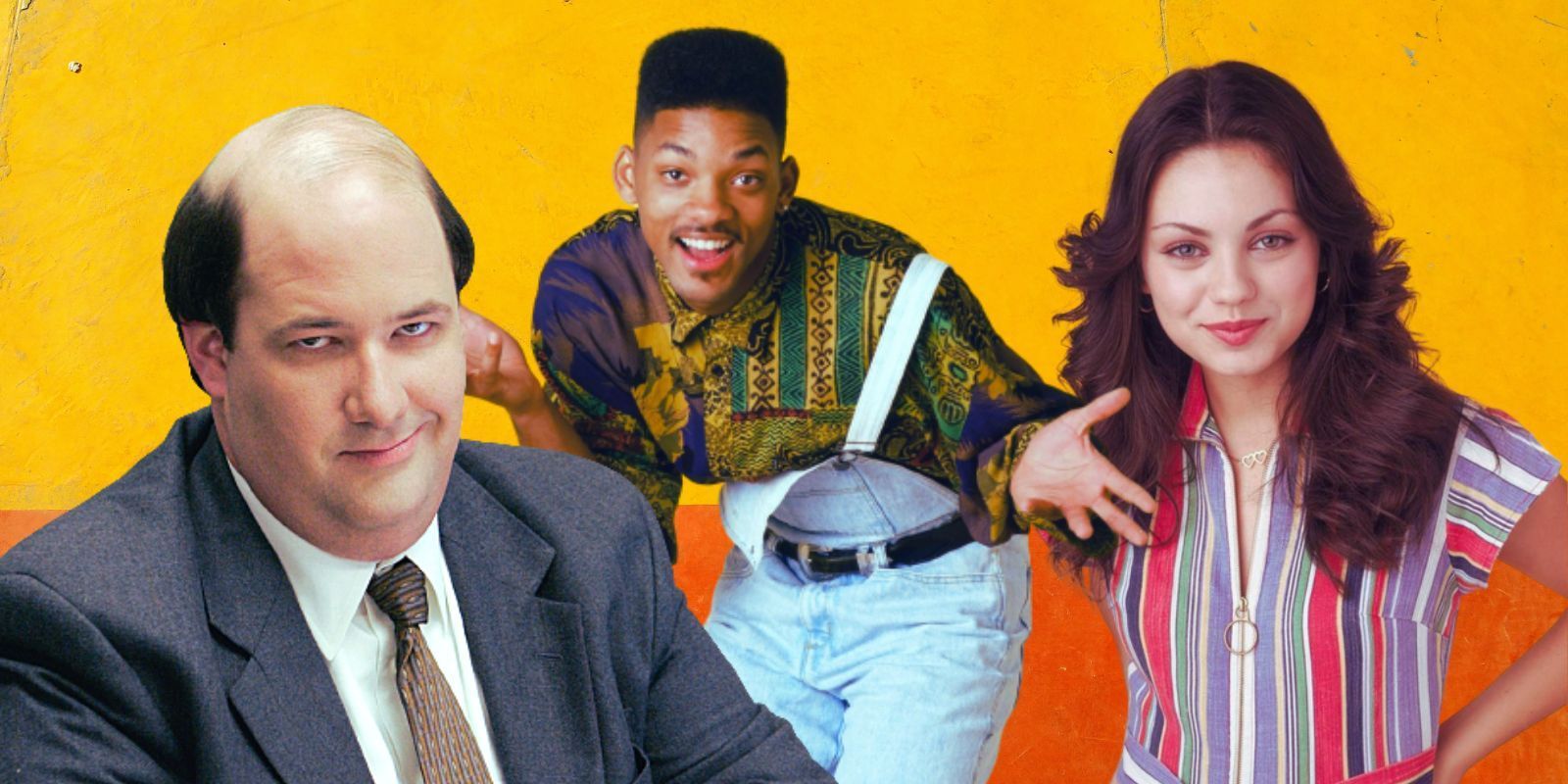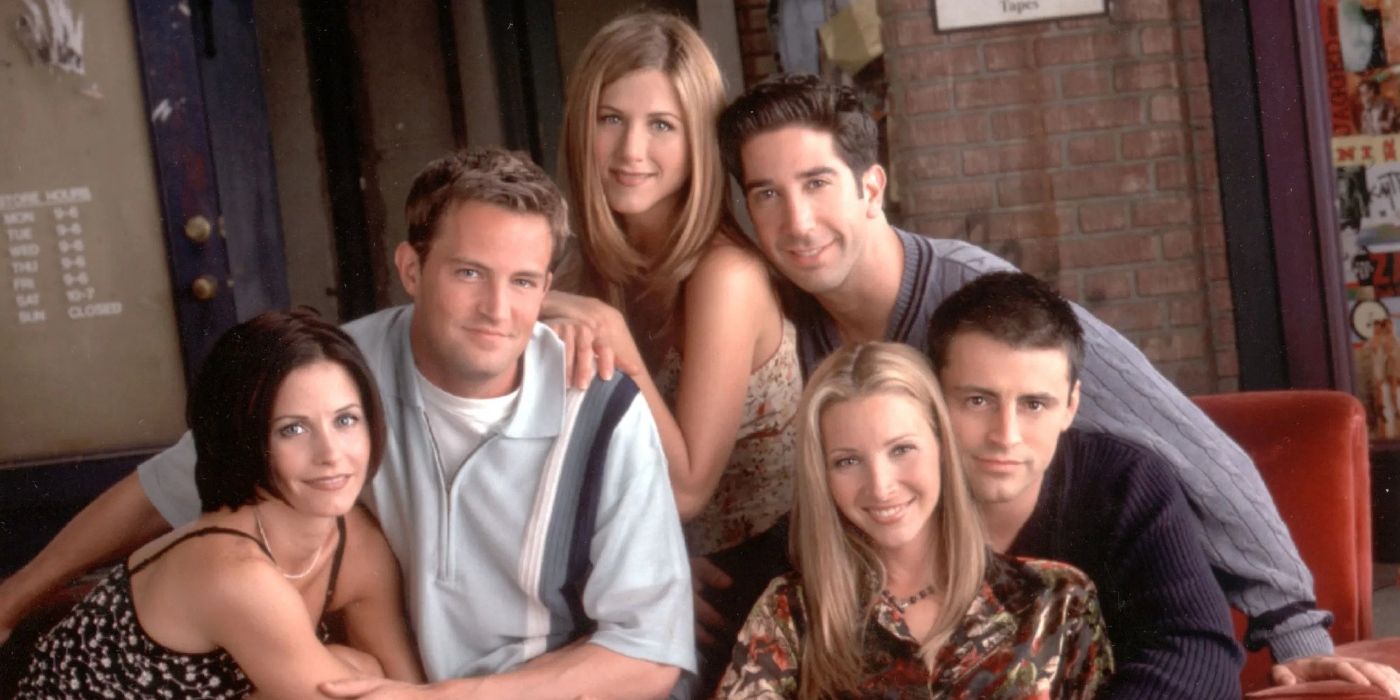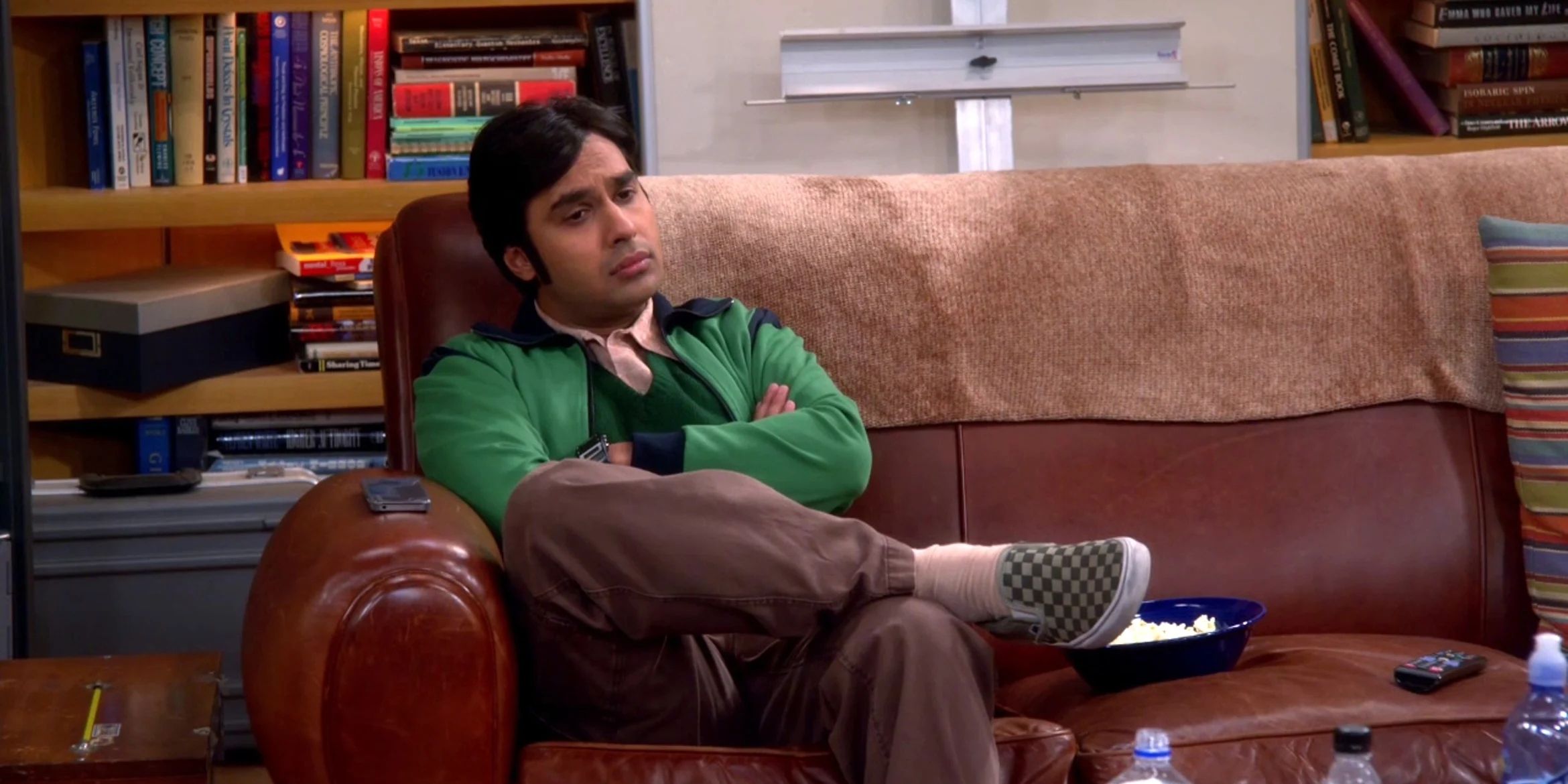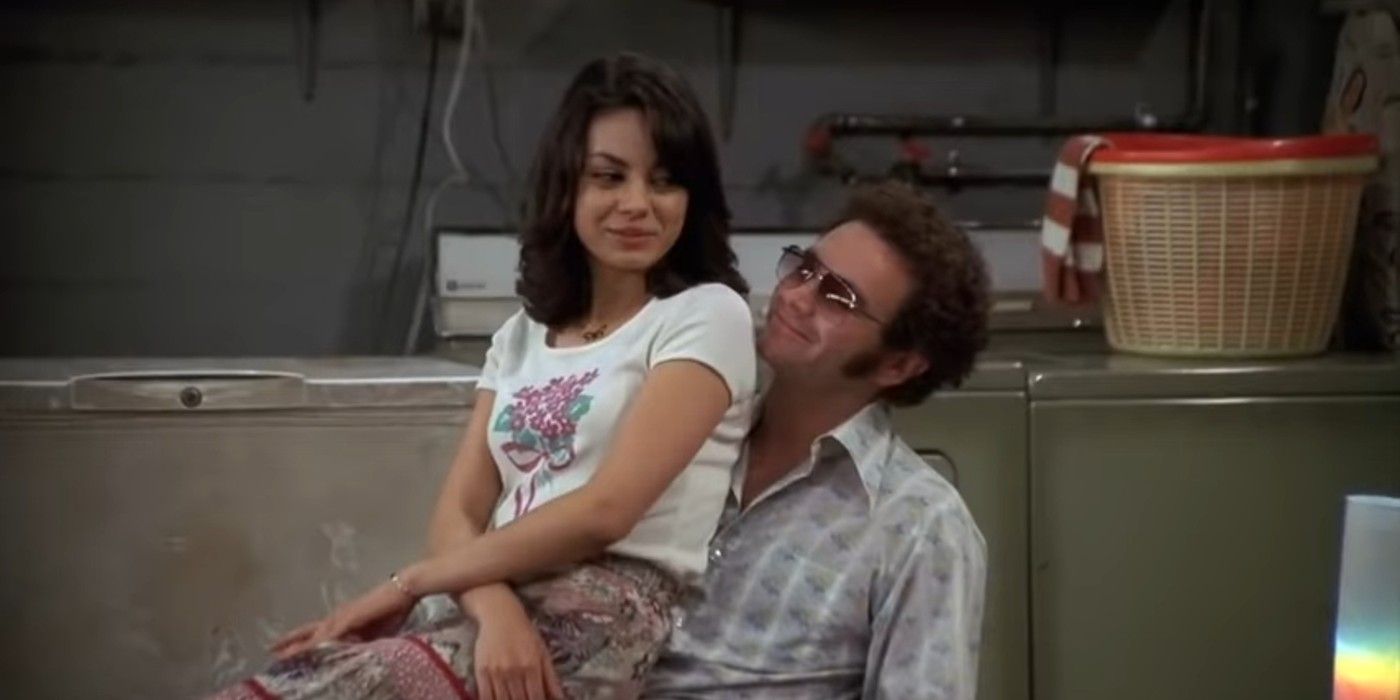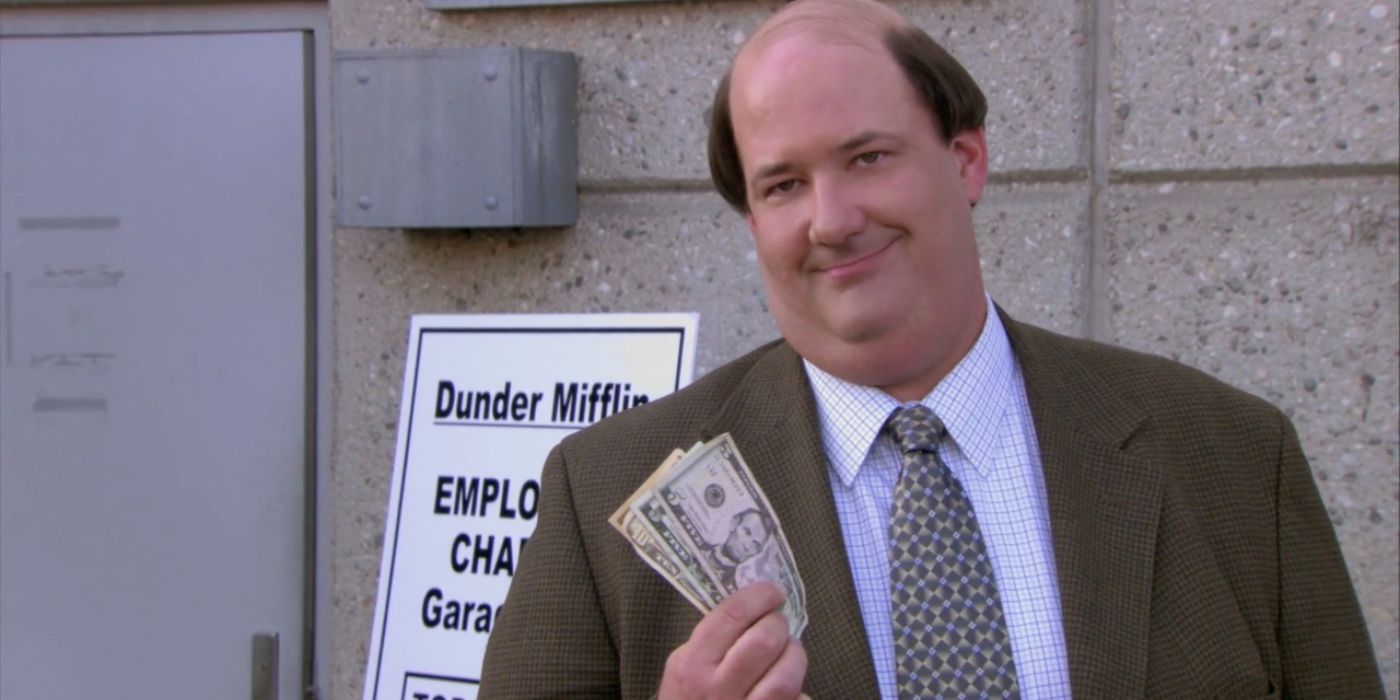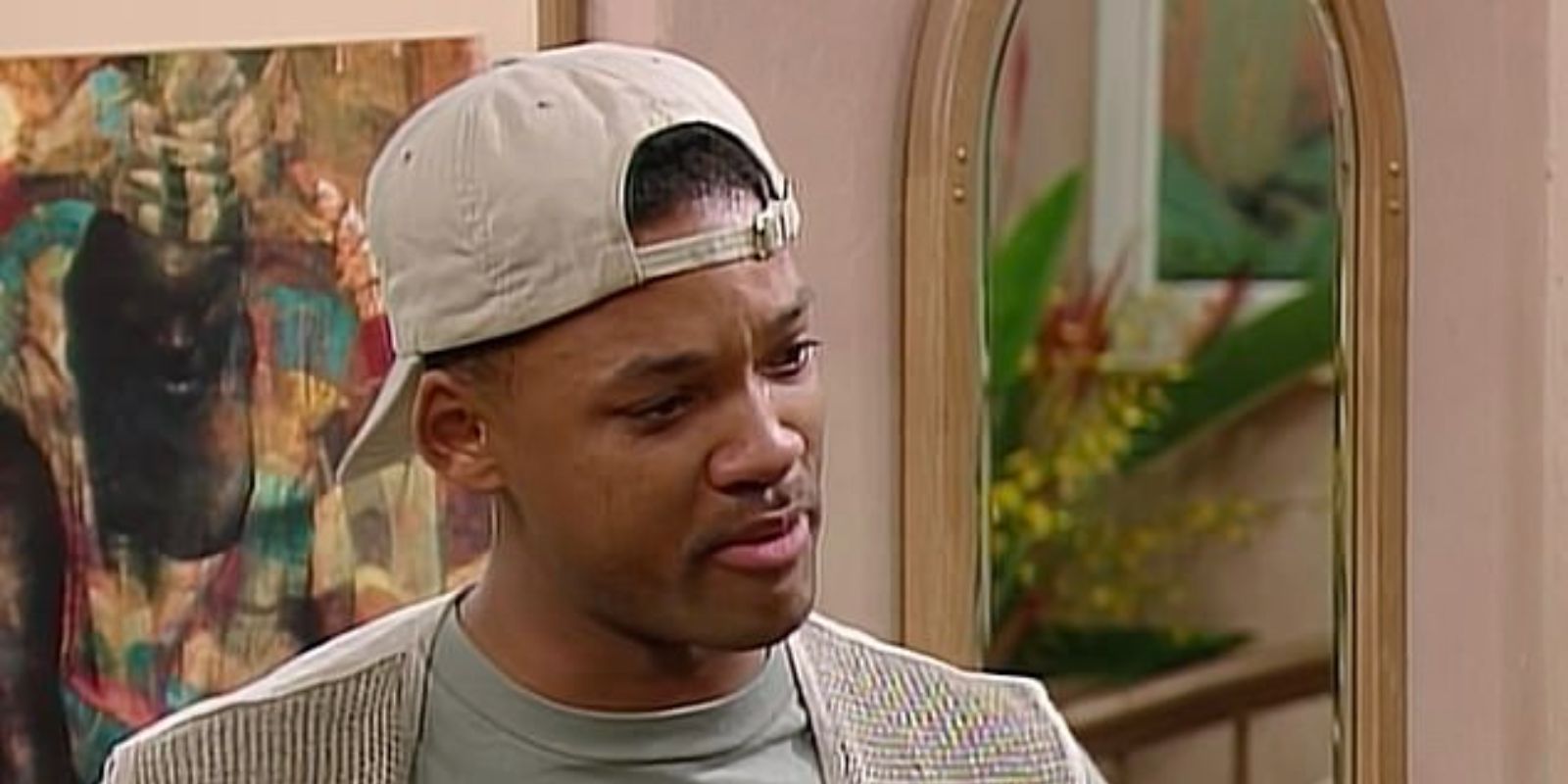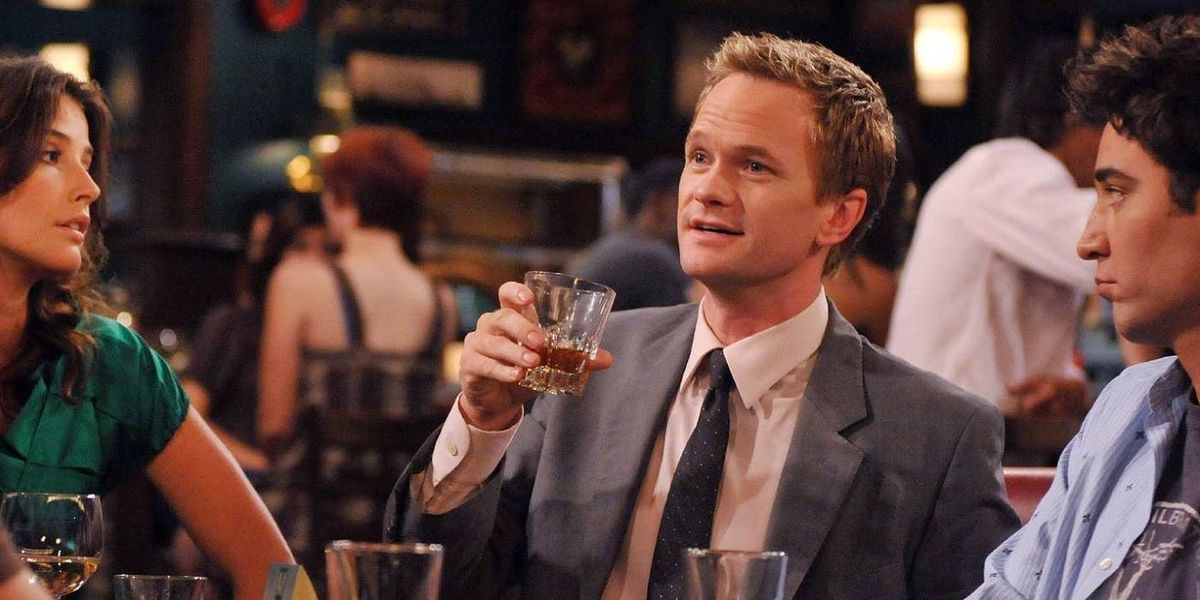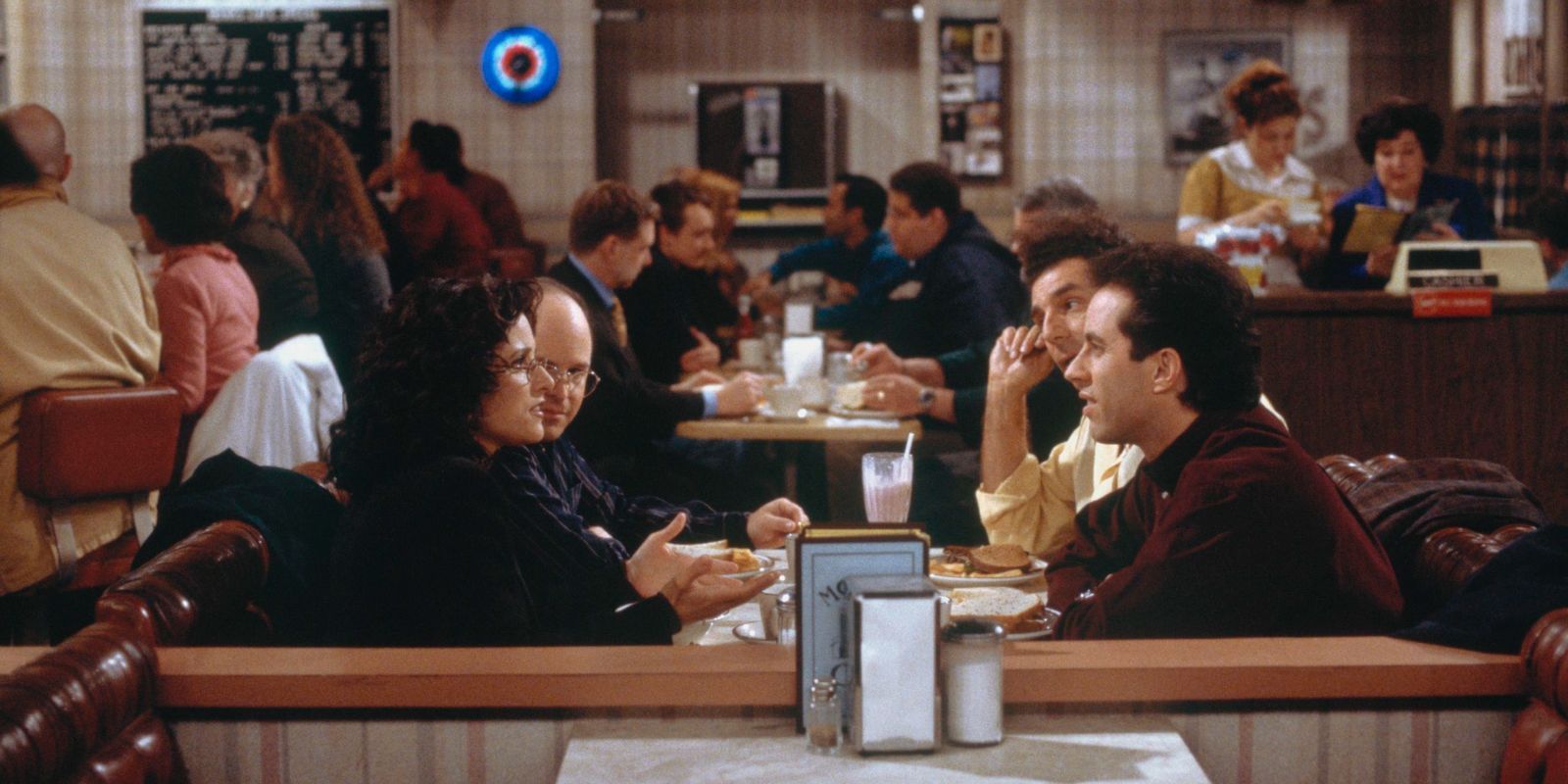Sitcoms are great at bringing entertainment to audiences through hilarious dynamics, slapstick comedy, and witty one-liners, which also engage the viewers in the antics of the show. Most sitcoms will succeed in making a brilliant show with great dialogue and characters, but this isn't always the case.
Even hit sitcoms can fall prey to the tropes, trends, and poor writing that creators push forward. This results in shows that might age poorly, are predictable, or are downright offensive. As a result, there are certain things that sitcoms shouldn't do.
10 No Diversity In The Main Cast
For a long time, sitcoms have had one major issue: an all-white cast. Most recent American sitcoms were meant to reflect the lives of friends or families in American society, so it’s strange to see no characters of other races or ethnicities. There will even be a lack of diversity in romantic partners within a show, as those characters are often the same race or ethnicity as the rest of the cast.
An example of this is Friends. The main characters and most of their romantic interests have been White. Sitcoms should be much more diverse and include positive representation, especially as all-White casts don't reflect society.
9 Having 'Token Minority' Characters
One of the tropes that exist within sitcoms is the 'Token Minority'. This trope is often embodied by a person of color who is written to embody harmful stereotypes. At times, these characters will have thick accents that become a convention of their character.
These characters can also be the butt of every joke or humiliated constantly by other characters. An example of this is Gloria from Modern Family or Raj from The Big Bang Theory. Although these characters do offer representation, they can also be offensive to those they try to represent, something sitcoms should not do.
8 Having Characters Continuously Date Within Their Friend Group
A great way to create interesting storylines is having two characters who were previously friends begin dating. Sitcoms take it to a whole other level by creating love triangles that exist only within the friend group. An example of this is Jackie from That '70s Show, a character who dated many of her friends.
While characters who choose to date their friends aren't bad, it's odd that it doesn't affect the friend group in sitcoms. In sitcoms, breakups rarely contribute to a change in dynamic or tension. Realistically, these situations wouldn’t play out in that way, and sitcoms need to become a little more relatable in these plot threads.
7 Creating Unintelligent Characters Whose Other Personality Traits Are Ignored
Comedic characters are integral to a sitcom. However, writers will create characters with a specific gimmick and make that their dominant personality trait. Comedic characters often come in the form of 'dumb' characters who may have foolish moments, but the audience loves them because they’re incredibly charming.
Unintelligent characters often get even less intelligent as the seasons progress, and their other traits are downplayed. As a result, it becomes quite ridiculous to watch. An example is Kevin from The Office. Kevin is lovable, but his intelligence is a gag on the show. As a result, the rest of his personality is ignored.
6 Present Episodes That Touch On Serious Issues But Never Leave An Impact
While comedy is always present in a sitcom, it isn’t uncommon to have bouts of serious moments shown through a comedic lens. These will usually be presented in episodes that have less energy or after a major story arc has concluded.
Shows like The Fresh Prince of Bel-Air would do this on occasion. While those episodes had great intentions behind them, the next episode would return to the show's silly antics. Many sitcoms do this, and it seems as if those significant moments in a character's life no longer impact them. Sitcoms should never present a character with depth just to erase these challenging obstacles and events.
5 Creating Womanizing Characters Who Are Sexist
It’s common in sitcoms for a male character to be considered a playboy amongst his friend group. However, that trope has long overstayed its welcome. Many womanizing characters will, more often than not, say and do sexist things.
A prime example is Barney from How I Met Your Mother. Oftentimes, these playboy characters are applauded for their manipulation tactics and their poor treatment of women, and their behavior is overlooked or ignored for the sake of comedy. At this point in society, it’s safe to say those characters should never be used as a comedic element in a sitcom.
4 Continue The Use Of Laugh Tracks
There were times when sitcoms incorporated live studio audiences with the intention of getting genuine reactions to the comedy. In later years, that structure changed and the live audience was exchanged for laugh tracks. These tracks are meant to give a false sense of comedy, making dialogue and scenarios seem funnier than they actually are.
Many sitcoms have laugh tracks, including Will & Grace and Fuller House. As the years go by, people no longer favor the use of the laugh track. The jokes don't feel authentically funny, and the laughter feels incredibly forced, which creates awkward moments. People will be glad that sitcoms are rarely using them anymore or are opting for a live audience instead.
3 Have Characters Spend Too Much Time In Certain Locations
Throughout sitcoms, characters will spend time in a regular spot to drink, talk, and execute whatever the episode has planned. Those places become a staple within the show. However, if viewers watch enough episodes, they notice that characters will often spend more time in those locations than at their jobs or at home.
An example is Monk’s Cafe in Seinfeld, a hangout spot that the group frequents. Many sitcoms fall prey to this trend, which has quickly become boring. Characters spending too much time in one location also are harder to relate, as they don't have storylines that revolve around anything else in their life.
2 Have Characters Live In Expensive Locations Despite Being Broke
Depending on the sitcom and where it takes place, viewers will catch glimpses of great scenery from rooftops or spacious apartments and homes. Unrealistically, characters will live in these great locations with beautiful decor but will have jobs that can’t sustain this lifestyle.
An example of this is How I Met Your Father. The main characters live in New York apartments while having jobs that can’t maintain the lifestyle they live. It’s unrealistic and annoying to see characters proclaim themselves as broke but live in expensive cities and housing.
1 Create LGBTQ+ Subtext That Comes Off As Queerbaiting
Sitcoms have a habit of making jokes in poor taste when it comes to the LGBTQ+ community. There are plenty sitcoms that use LGBTQ+ subtext as a way to make jokes, which is offensive and problematic. Characters will often allude to LGBTQ+ relationships, but never outright state them.
An example is the friendship between Nick and Schmidt in New Girl, a relationship that can have LGBTQ+ subtext. In sitcoms, the characters frequently either pretend or allude to a same-sex relationship to aid or further a straight character's storyline.

